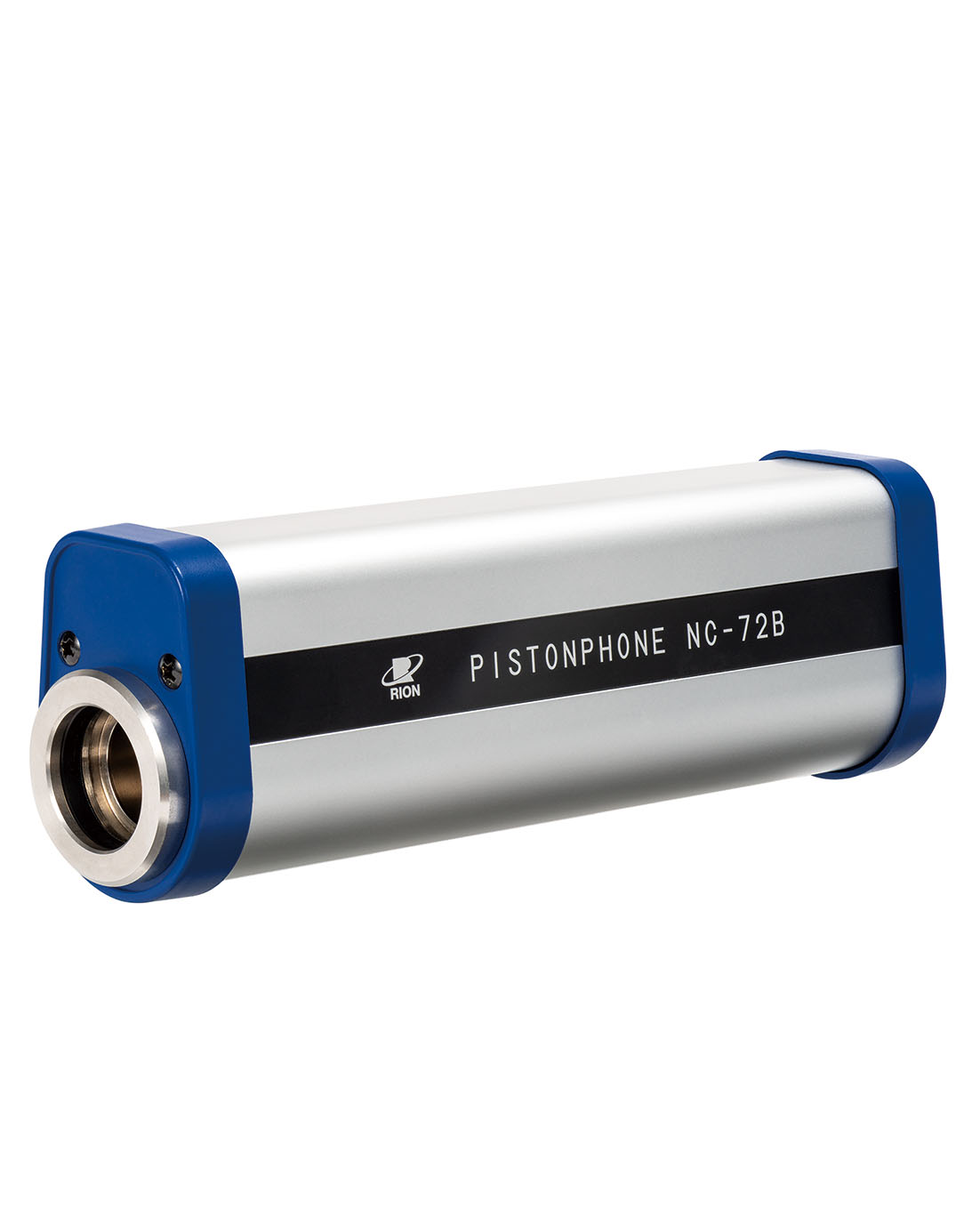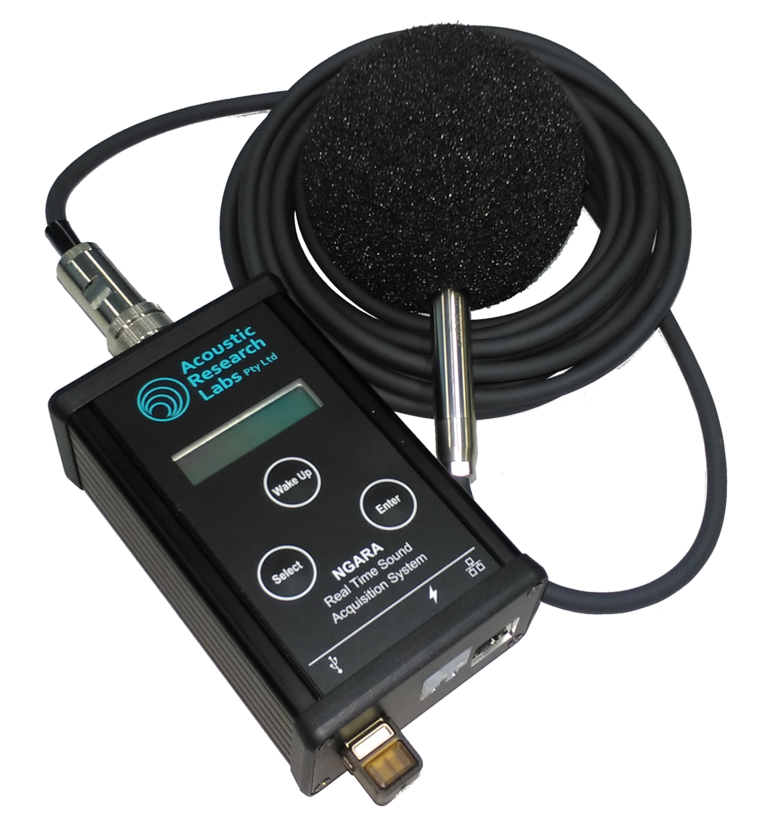Measurement Uncertainties
- Juan Aguero
- Calibration
- December 18, 2023
Table of Contents
Demystifying Measurement Uncertainty
In the realm of testing and calibration laboratories, precision and accuracy are paramount. Clients and end-users rely on Acoustic Research Labs (ARL) to deliver reliable results that can be trusted for making critical decisions.
To ensure competency, the International Electrotechnical Commission (IEC) has established a comprehensive standard: IEC 17025, encompassing the concept of measurement uncertainty. Measurement uncertainty, as defined in IEC 17025, is the “parameter associated with the result of a measurement that characterises the dispersion of the values that could reasonably be attributed to the measurand.”.
In simpler terms, it represents the range within which the true value of the measured quantity is expected to lie, taking into account sources of error and variability.
Two main components contribute to measurement uncertainty:
- Type A Uncertainty: Derived from statistical analysis of a series of measurements.
- Type B Uncertainty: Evaluated from sources other than statistical analysis, including calibration certificates, specifications and expert judgment.
Thorough Analysis of Measurement Process:
We conduct comprehensive analysis of our measurement processes. This involves scrutinising equipment, environmental conditions, personnel, and other relevant factors.
Identifying and quantifying sources of uncertainty are crucial.
Expression of Uncertainty
ARL expresses uncertainty using standardised methods.
This includes probability distributions, confidence intervals and other statistical measures. Clarity in expression ensures that users of our services can interpret and utilise the results effectively.
Traceability of Measurement
ARL has established and continually maintains traceability to recognised standards ensuring a clear and unbroken chain of comparison.
Reporting of Uncertainty
IEC 17025 mandates we not only report measurement results but also provide an estimate of measurement uncertainty.
This transparency is essential for users of ARL services to make informed decisions based on the results.
A Culture of Improvement
ARL encourages a culture of continuous improvement.
This involves ongoing assessments and enhancements to measurement processes and uncertainty estimates. As knowledge evolves or better methods become available, uncertainty estimates are updated accordingly.
Measurement uncertainty is key to ensuring the reliability and credibility of testing and calibration activities carried out at ARL.
Adhering to IEC 17025 not only enforces commitment to delivering accurate results but also to providing a clear understanding of the associated uncertainties. This commitment fosters confidence in the capabilities and competence.
As technology advances and standards evolve, pursuit of precision and accuracy is at the forefront of ARL practices, ensuring that measurements can be relied upon for critical decision-making.


